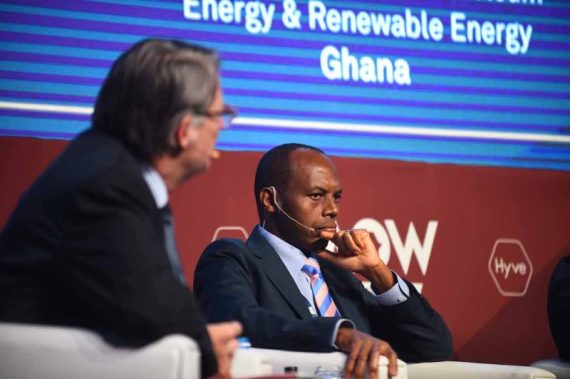A
comprehensive study reveals that the total energy finance to Africa from the Group of Twenty (G20) countries and multilateral development banks (MDBs) between 2012 and 2021 amounted to $345.76 billion. While this figure falls within the estimated range needed to address Africa’s annual energy finance gap, the distribution has been highly uneven.
Ten countries received a staggering 77% of the total finance over the ten-year period, leaving many African nations with substantial gaps in their energy financing necessities.
The study, conducted by Oyintarelado Moses, the data analyst and database manager for the Global China Initiative at the Boston University Global Development Policy Center, highlights that a few countries and multilateral financing entities, including China, France, Italy, the United States, and the World Bank Group, supplied the majority of energy finance to Africa during the specified period. This concentration of funding from a limited number of sources raises concerns about the potential volatility in funding priorities.
The breakdown of the $345.76 billion reveals that $197.17 billion (57%) came from public institutions, while $148.59 billion (43%) came from private corporations. Notably, gas/liquefied natural gas (LNG), mixed fossil fuels, and solar energy sources were the primary recipients of this finance.
A significant reduction in funding for coal projects
The study also points out that there was a significant reduction in funding for coal projects from around 2018, aligning with the global shift away from financing overseas coal projects.
While public finance was directed to projects with more diverse energy sources, private finance exhibited a higher proportion directed to fossil fuel projects. The findings underscore the need for policymakers in financing countries to consider more equitable distribution based on annual demands from historically low-level recipients, diversify financiers by redirecting financing to African regional banks and investors, and use public finance strategically to attract private investment for projects with high potential for energy access in Africa.
The study calls attention to the challenges and opportunities for energy finance growth in Africa, emphasizing the importance of addressing the unequal distribution for sustainable development in the region.
Distinct patterns between public and private sectors
The allocation of energy finance to Africa reflects distinct patterns between public and private sectors, unveiling the diverse motivations and preferences of financiers. Public energy finance predominantly targeted electric power generation, transmission, and distribution, emphasizing essential infrastructure. In contrast, private finance was more inclined towards exploration and extraction projects, particularly in the fossil fuel sector, with approximately half of private finance dedicated to activities for export purposes.
Notably, public finance played a crucial role in supporting electricity generation projects, constituting 47% of the total, while private finance leaned slightly more towards diverse end uses, including manufacturing, petrochemicals, and technical assistance.
The distribution of energy finance across African countries exhibited a concentration on a select few. A group of twenty nations secured a substantial portion, receiving $307.91 billion, equivalent to 89% of the total finance. Southern Africa emerged as the primary beneficiary, garnering 34%, with notable contributions from countries like Egypt, Mozambique, Nigeria, South Africa, Angola, and Morocco.
This regional distribution highlights disparities in the accessibility of energy finance, with Southern and North Africa leading in financial support. The concentration of funding underscores the need for more inclusive strategies to address energy financing gaps in other regions.
Source: The Carnegie Endowment for International Peace
Recommended





